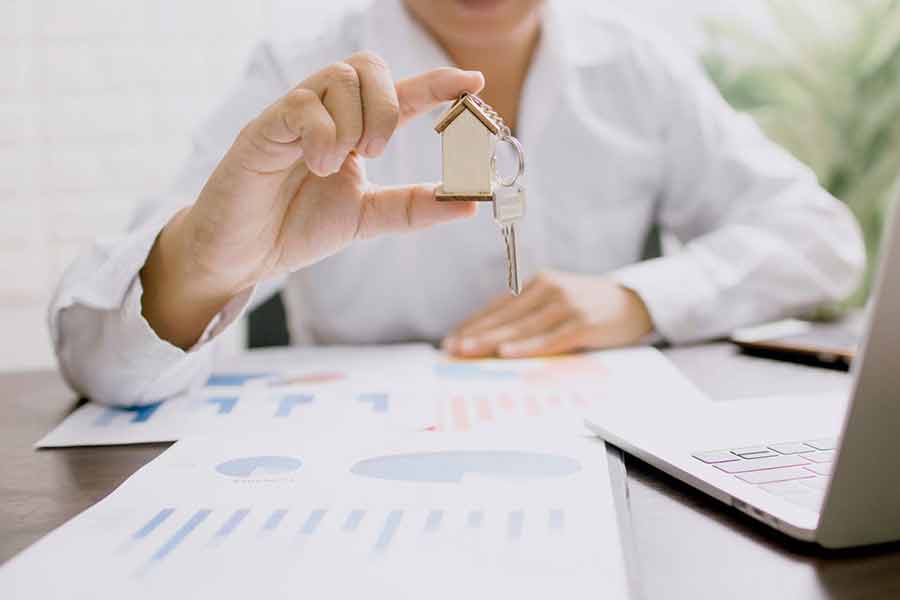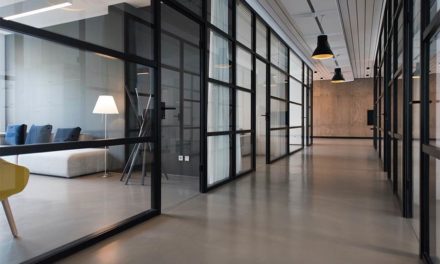Embarking on a real estate project can feel like volunteering to build the Eiffel Tower out of toothpicks. You dream big, you sketch flashy renderings, and then you glimpse the price tag. Suddenly you are wondering if you can get away with using popsicle sticks and glue. Fortunately, there are smart strategies for trimming expenses without sacrificing quality, curb appeal, or your sanity. Here are fun, informal, and surprisingly effective cost cutters to keep your project on track and your budget intact.

Smart Planning Saves Dollars
Before you break ground on your next real estate project, break out the spreadsheets. Early planning helps you spot potential budget busters, from soil issues to zoning surprises. Start by mapping your site, checking utility access, and verifying permits. It might feel tedious, but spending a few days in research beats spending months fixing problems that blow your budget. Use free or low-cost tools like Google Earth and local GIS resources to scout your property virtually. Align your project schedule with off-peak labor seasons. If you can shift exterior work to winter in a mild climate, you might secure lower rates from contractors looking to fill slow months.
Design with Your Wallet in Mind
Flashy curves, dramatic angles, and imported stone might make your architect swoon, but they can also make your accountant cry. Simplify your floor plan by sticking to right angles and uniform room sizes. Repeating window and door dimensions streamlines ordering and installation. Consider modular construction methods or panelized walls. These systems often use factory precision to reduce waste, speed up on-site work, and lower labor costs. And speaking of waste, plan for material take-offs carefully. Ordering materials in bulk can earn you volume discounts, but overordering creates surplus you must store or discard. A tight bill of materials keeps your wallet happy.
Material Magic: Choose Wisely
Materials account for a hefty chunk of any build. When you select wisely you can shave thousands off your final bill. For exterior surfaces, compare concrete vs. asphalt paving for driveways and parking areas. Asphalt often costs less upfront, but concrete can outlast it by decades with minimal maintenance. If your budget allows a slightly higher initial investment, concrete paving might save you money in the long run. Shopping sales and sourcing surplus supplies also helps. Check building supply auctions, supplier closeouts, and reclaimed material yards for gently used windows, doors, and fixtures. A salvaged barn door can bring rustic charm without the boutique price tag.
Labor Hacks without Cutting Corners
Labor often exceeds material costs, so finding efficiency is key. If you are handy, do some tasks yourself—painting, landscaping, or light demolition can be weekend warrior work. Just be realistic about your skills. A crooked paint job or a botched tile install can cost more to fix than hiring a pro from the start. For specialized trades like electrical and plumbing, invite multiple bids. Contractors hear plenty of one-time clients, so don’t be shy about negotiating. Emphasize that you have a pipeline of upcoming projects and you want to build a long-term relationship. Many tradespeople offer loyalty discounts or reduced rates for guaranteed repeat business.
Tech Tricks and DIY Delight
Modern technology gives DIY enthusiasts a surprising leg up. Use free project management apps like Trello or Asana to track tasks, budgets, and deadlines. A shared board ensures subcontractors, designers, and your own crew stay on the same page. You can even upload photos of progress to spot issues before they escalate. Drones provide aerial views of large sites for layout verification and progress updates. On site, rent tools rather than buying if you only need them for a few hours. Concrete mixers, jackhammers, and wood planers often come with daily or weekly rental rates that are far kinder to your balance sheet than permanent ownership.
Financing and Incentives
Cash-flow is king, so explore financing options that match your project’s timeline. Construction loans often offer interest-only payments during the build phase, which keeps your monthly carrying costs lower. Look for local grants or rebates for energy-efficient upgrades, such as solar panels or high-efficiency HVAC systems. Some jurisdictions offer tax credits for structures built with sustainable materials or methods. Bundle these incentives into your financing plan so the lender sees a reduced overall cost. If you plan to sell or lease, highlight green features and cost savings to prospects, which can translate into faster occupancy and stronger returns.
Negotiation Tactics That Work
Whether you’re dealing with a material supplier or a framing contractor, efficient negotiation always starts with knowledge. Get at least three quotes for every major expense, then share those quotes transparently. Suppliers know you have alternatives and may match or beat the best price to earn your business. Ask for bundled discounts if you order everything—lumber, insulation, roofing—through one vendor. For larger suppliers consider signing a short-term exclusive contract in exchange for lower unit costs. And remember to negotiate payment terms. Net 30 or net 60 agreements let you hold onto cash longer, which is especially helpful when your project hits an unexpected snag.
Sustainable Savings for the Long Haul
Investing in energy efficiency up front can yield big savings over the building’s lifetime. High-performance insulation, energy-star windows, and efficient HVAC systems may cost more initially, but utility bills tend to be the repeating hangover that never ends. A well-insulated building with passive solar orientation reduces heating and cooling requirements. Rainwater harvesting systems, greywater recycling, and xeriscaping cut water bills. Incorporate these features as part of the base budget, not as afterthoughts. You will avoid costly retrofits and deliver a more competitive property to future buyers or tenants.
Contingency Planning: Expect the Unexpected
Even the best plans hit snags. Geotechnical surprises, permit delays, and weather interruptions can all inflate costs. A rule of thumb is to set aside 10 to 15 percent of your hard costs as contingency. Keep that fund untouchable unless a real crisis arises. If the contingency budget remains intact, funnel the extra into value-added extras—a nicer countertop, better landscaping, or an unexpected design flourish that sets your project apart. A dash of color in a common lounge or a sculptural light fixture can deliver disproportionate appeal.
Future Proofing Your Investment
Finally, think beyond the completion certificate. Buildings that adapt to changing needs hold value. Open floor plans allow tenants or occupants to customize spaces without major construction. Durable finishes like porcelain tile or high-grade vinyl plank reduce long-term maintenance. Modular wall systems let you reconfigure layouts as demand shifts from offices to co-working pods or from retail shelves to experiential pop-ups. When you build with flexibility in mind, you avoid costly renovations and keep your property relevant.
From weighing concrete vs. asphalt paving decisions to harnessing DIY tech hacks, each dollar you save fuels future projects and expands your building empire. So put on your metaphorical hard hat, break out the budget bible, and get ready to construct your next masterpiece without breaking the bank. Your wallet and your investors will thank you.














You must be logged in to post a comment.